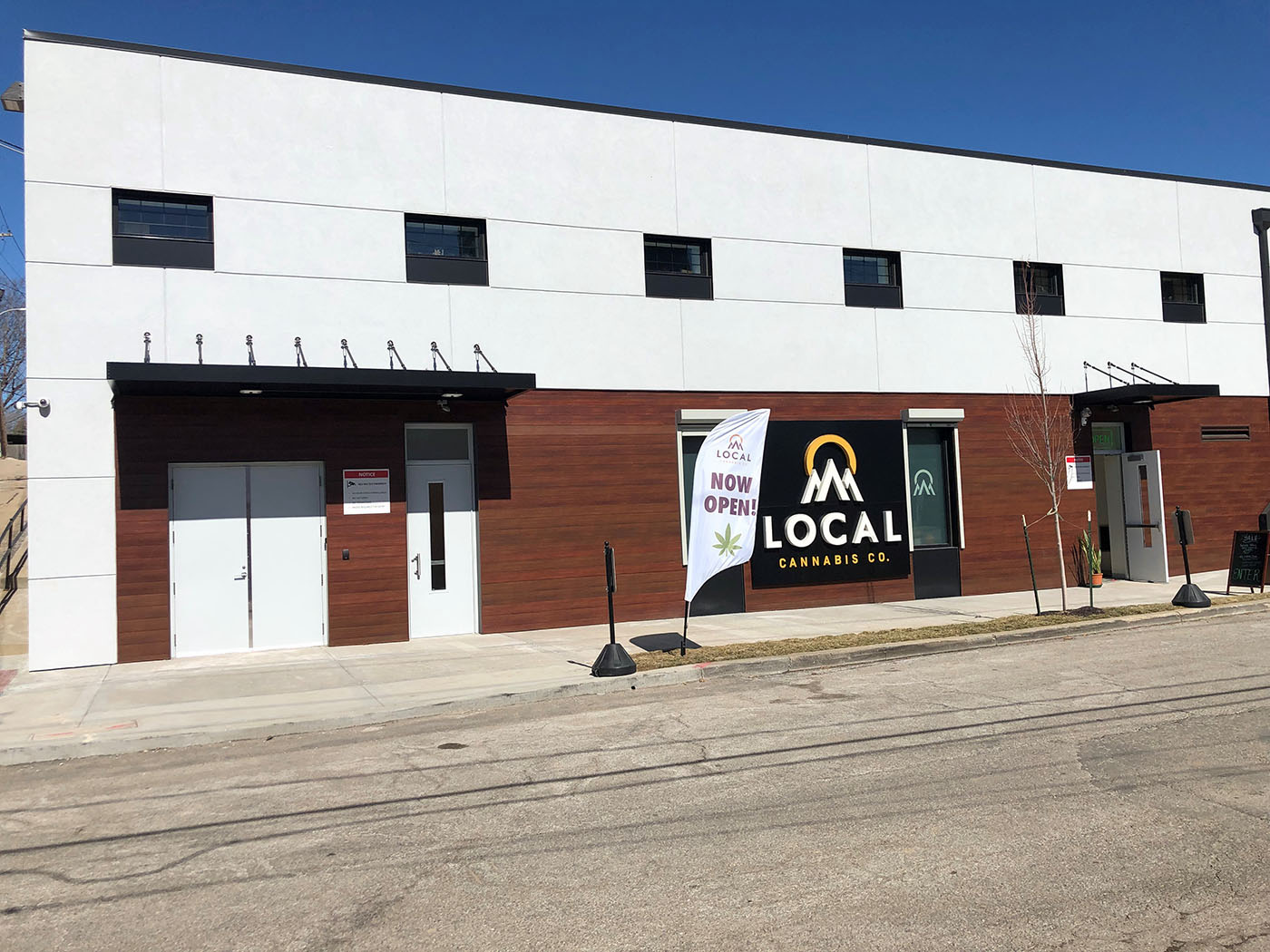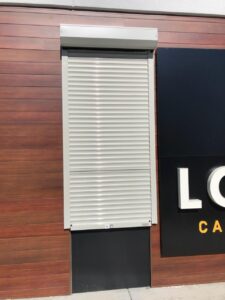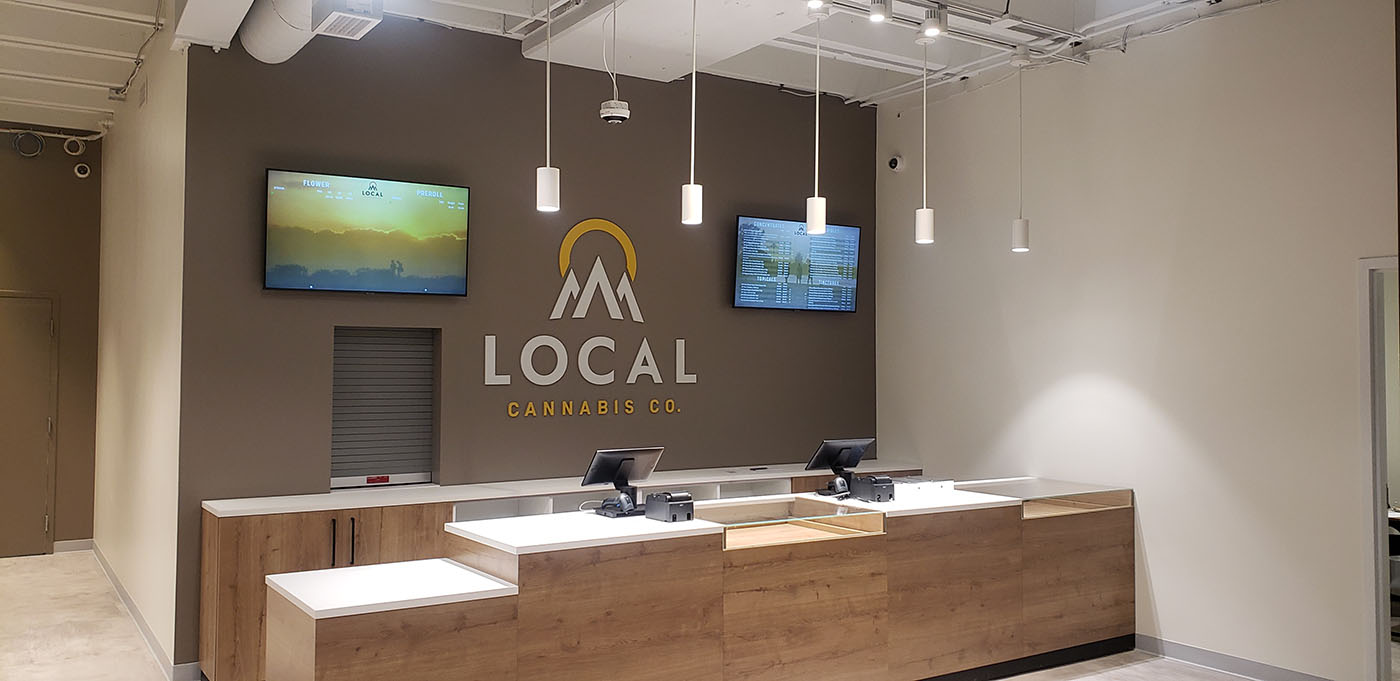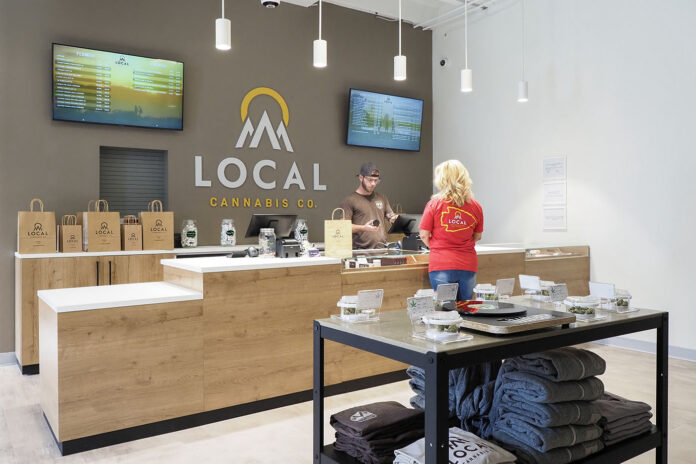The past year saw a marked increase in daytime armed robberies and after-hours break-ins at cannabis retail stores across the United States, translating into millions of dollars in losses. Targets ran the gamut, from multistate operators and luxury cannabis stores to smaller operations.
While an overall rise in crime appears to be impacting other retail sectors as well, cannabis retailers face unique challenges operating primarily in cash with products that are easily stolen and diverted into the illicit market. Federal legislation like the SAFE Banking Act will be game-changing if passed, but in the meantime retailers must work within current realities to keep employees and customers safe while reducing business risks. Opportunities exist at every level, including in the store’s retail design.
We spoke with two experienced security consultants, Chris Eggers, founder and chief executive officer at Cannabis Compliant Security Solutions, and Tony Gallo, managing partner at Sapphire Risk Advisory Group, to get their thoughts on integrating security into cannabis retail design.
Eggers comes from a law enforcement background, possessing more than twelve years’ experience including undercover operations in the San Francisco and Oakland, California, police departments. He is passionate about putting the needs of operators first and adding value to the cannabis industry, and possesses deep knowledge of the challenges cannabis operators face when it comes to compliance and security.
Gallo holds more than thirty years of security experience in high-risk retail, including jewelry stores and convenience stores, and nearly two decades as director of loss prevention and safety at EZCorp, the second-largest pawn shop operator in the U.S. He oversaw more than 1,300 EZPawn locations across the U.S., Mexico, and Canada before entering the industry in 2013.

What follows are the five concepts they suggest every cannabis dispensary and retail shop embrace.
Build crime prevention into retail design
Crime prevention through environmental design (CPTED) may be a new concept for cannabis retailers, but it’s core to the work of security consultants. Both Eggers and Gallo incorporate CPTED elements into their work with clients to develop comprehensive solutions that go beyond simply installing cameras or hiring guards.
The International CPTED Association describes CPTED as a proactive process to “dig at the roots of crime by examining the places where crime happens and the opportunities and motive for crime.” Broadly speaking, CPTED principles include surveillance and visibility, territorial reinforcement, access control, interior and exterior design, and target hardening. CPTED can be a valuable tool during site selection and design.
Security starts at the property line
A retailer’s brand experience isn’t the only thing that starts at the property line; security does as well. Effective, discreet strategies can be incorporated into the parking lot and building exterior, creating “concentric circles of protection” that deter crime while maintaining a welcoming experience for customers.
“Looking at the store’s exterior, we’re talking about good lighting and a good camera system, as well as elements like an access control device on the front door or a guard positioned at the front of the building,” Gallo said.
Businesses can install bollards to reduce the risk of forced entry by a vehicle ramming exterior doors, and parking lots should be kept free of trash and graffiti. An attractive and well-monitored parking lot also makes a strong first impression on customers, enhancing their sense of safety.
Design store security with the big picture in mind

In many cases, operators focus too narrowly on one security element — reinforced doors, for example — without taking the bigger picture into consideration during construction. “I’ve seen after-hours security video from a dispensary where the bad guys came in and kicked at a secure product storage room door,” Gallo said. “The door itself didn’t give, but the door frame failed, providing free access to that area. In another case, the store had a reinforced door, but the adjacent wall was sheetrock. The bad guys just broke a hole through the sheetrock to go in.”
Comprehensive security planning also considers issues that go beyond the construction materials. In the case of door design, Eggers noted, “When we look at a client’s doors, we also consider who has access, how often the door is opened, and fire egress/ingress cycle use, along with Americans with Disabilities Act and insurance requirements like multi-point locking.”
Retailers also need to consider where equipment like cameras, panic buttons, cash drops, and safes will be located, as well as the quality of the equipment itself, ensuring everything is compliant and meets insurance requirements.
“I worked with one company that hired my firm following an after-hours burglary,” Eggers said. “They had suffered significant losses in the six-figure range. Unfortunately, because some of their security equipment didn’t meet their insurance policy’s prerequisites, they were going to receive pennies on the dollar for their losses.”
Keep in mind regulations and standards also can change over time. Gallo pointed out when cannabis initially was legalized in states like Colorado, Oregon, and California, the states lacked detailed requirements for safes. As a result, “a lot of operators went to Costco or Walmart and bought gun safes to hold their product and cash,” Gallo said. “Gun safes are designed to keep children away from guns, and they do a great job of that. However, gun safes are not designed for secure storage of cash and other valuables. The safes these retailers really needed were tool-resistant safes designed to thwart criminals.”
Invest in Standard operating procedures and staff education
For cannabis retailers, store design is only one piece of the security puzzle. The store’s floor plan, security equipment, and guards can do only so much if the company lacks employee training, policies, and procedures to reduce crime and respond appropriately to an incident should one occur.
“Store personnel, employee education, and [standard operating procedures], as well as understanding the limitations of solutions you have implemented — these all factor into your security plan,” Eggers said. He also noted retailers need to make sure employees regularly review and practice safety procedures so they will be prepared should an incident occur.
Gallo noted while headline-grabbing robberies get the bulk of attention, operators shouldn’t lose sight of internal risks when designing their security plans. “A lot of retailers focus on external vulnerabilities, not realizing major losses could occur internally,” Gallo said. “I work with clients to create a culture of honesty, developing their security to not only address external threats but also focus on potential internal threats as well.”
On this front, Gallo’s primary advice is for operators to run their businesses as a serious retail venture in line with any other retail sector. “I’ve seen some retailers who are not really focused on the bottom line and allow a lot of slack in their processes — for example, with cash handling or inventory management — which puts them at risk,” he said. “When speaking at industry conferences, I often joke, ‘Friends steal, and family members steal more.’”

The role of security technology in store design
Security technology can play a vital role in an operator’s store design. Recent advances create potential for enhanced surveillance, reducing losses and providing detailed insights into daily operations.
“I see big potential with the integration of artificial intelligence into camera and video technology,” Gallo said. “Technology is being created to allow the point-of-sale system to communicate with the camera system so operators can pull up video and match it to specific transactions. Retailers will be able to use this tech for security and to grow their business. We’re also seeing advances in video management systems where cameras watch the facility and know who to contact if an incident occurs, with that offsite person having the capability to remotely lock or unlock specific areas, even down to specific drawers in the safe.”
While Eggers agreed technology plays an important role in retail security, he also drove home the importance of understanding tech’s limitations. “You want to understand the limitations of any tech you implement, as well as how it fits within your overall security plan,” he said. “A lot of people are still searching for a magic solution that will stop all the bad things from happening. But how are you going to predict the next takeover robbery? It’s really difficult for technology to predict human behavior. I caution people against relying on one widget or gadget as a complete security solution.”
Cannabis retail locations are unique, from custom builds to converted fast-food and bank branch locations. Each store requires security solutions tailored to that particular space; a retailer’s security plan at one location may not be effective at a different store.
While both Gallo and Eggers provide post-incident consultation as part of their menu of services, they agreed retailers can reduce risks and costs proactively by engaging a security consultant during the licensing and store design process.
“You can never stop a motivated person from trying to do a bad thing, but you can design a space that gives you enough time to react, keeps your employees and customers safe, and reduces losses should an incident occur,” Eggers said.












